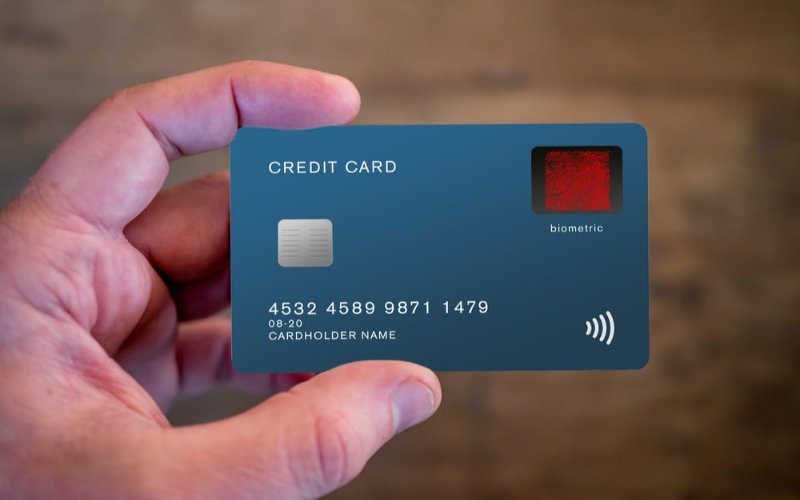Check These 4 Things Students Should Know About Credit Cards
For students, getting a new credit card while in college can help develop spending habits and build an understanding of credit functioning early. At this stage, responsible credit card usage can build a better history of payments, which can later help while applying for various loans, including two-wheelers, housing, or personal loans.
However, while taking credit cards, having a robust financial plan to ensure proper management and flow of funds, precise evaluation of income and expenses, and setting a budget is essential. Different financial institutions offer other schemes and fees while taking credit card for students. The various factors that a student must keep in mind while availing of credit cards are listed below.
-
Table of Contents
Building Credit History
Even though limited cash is available to students, they can start building their credit history from scratch. Opening a credit card or any other account while the individual is a student can help give a head start on creating responsible credit usage. The key to ensuring a good credit history for students is maintaining a positive record of timely payments with the respective lender. Another primary factor that affects credit score is the total length of the credit history. For students, this means that keeping the first credit card that they have is open and active for an extended period.
-
Opening Too Many Cards
Opening too many credit cards may be tempting for a student, but it will be detrimental to the finances and, as a result, instalments to the credit score. This is because opening too many accounts will make it difficult for students to keep track of regular payments and spending levels. However, if the students use multiple credit cards, they can allot these cards based on regular and non-regular spending. This will make handling too many cards at once easier and thus lead to better management of funds.
-
Avoiding Fees and Penalties
There are many yearly fees associated with the credit card. Furthermore, there are also rewards and incentives that the lenders offer to attract consumers. However, students should avoid paying such annual fees while commencing credit card usage.
-
Keeping Credit Utilisation Low
Even with timely payments, there can be a negative impact on credit scores. This is when there is less difference in the credit amount utilised by the student and the total credit limit. The ideal percentage of credit utilisation ratio is about 30% of the overall credit amount. One way students can maintain this is by setting up automatic payments, which ensures no delay in repayments amount. Now, with the help of the credit card EMI calculator, students can determine the EMI amount and plan their finances accordingly.
How can Students Use Credit Card EMI Calculator?
Students can calculate the amount of equated monthly instalments on credit cards by the steps listed below.
- Step 1- Selection of Type of Credit Card and Loan Amount
In the first step, the student needs to choose the type of credit card they would opt for. Then, the total amount for which the loan is taken must be determined.
- Step 2- Choosing the Interest Rates and Repayment Tenures
In the second step, the student must select the interest rate and repayment tenures. It is essential to check the interest rate entered per month or annum. Repayment tenures refer to the total duration within which the total loan amount with interest will be repaid. At this step, the individual needs to determine the repayment tenure as well.
- Step 3- Determination of EMI amount
After following the above steps, the student needs to click on ‘calculate.’ The total EMI amount against the loan, interest values, and repayment tenures will be determined. These values can also be adjusted and revised as per the needs of the individual to obtain the EMI amount.
Conclusion
A credit card acts as a convenient financial tool for students to avoid unnecessary expenses and facilitate everyday purchases. This also helps them gain knowledge about the importance of money and how their daily expenses are met. However, while students use credit cards, it is essential to understand that the amount of credit is a loan that needs to be repaid by the students. These loans have a fixed annual percentage rate (APR) listed in the credit card agreement.
Many factors such as payment history, creditworthiness, and credit card type determine the APR. All such cards also have a credit line. This refers to the maximum credit limit available to the student for making purchases. The income levels and current availability of funds determine the credit line. As purchases are made, the balance keeps on changing. This balance reflects the total fund available with the student for making purchases. Students can easily track their balance and have a detailed view of their expenditure.




